Huawei is like Apple – they are too big to fail. In truth, when the Trump administration – repetitively – announced new rounds of export restrictions specially designed to cut off overseas manufacturers from supplying semiconductors to the Chinese telecom-equipment manufacturer, the POTUS knew his efforts to isolate China’s tech giant would fail miserably.
It was absolutely funny that Donald Trump continued to punish Huawei Technologies Co. when the company was already on export blacklist imposed by the U.S. Commerce Department. Even more hilarious was when Joe Biden continued to flog the dead horse – announcing more plans to cut off Huawei from American suppliers. Exactly how long does it take to kill the Chinese company?
Despite two U.S. presidents and a truckload of “executive orders” signed to ban Huawei and other Chinese companies from getting access to the so-called advanced U.S. computer chips, it appears Huawei is still alive and kicking. In fact, Huawei’s smartphone business is “on the road to a comeback” – its share of the domestic smartphone market share grew by 76.1% in the second quarter this year.
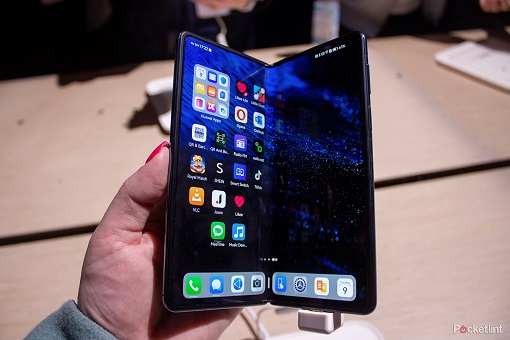
Thanks to the Huawei Mate X3, the company which initially saw its market share plunged to near bottom both at home and abroad has suddenly grabbed half (50%) of China’s foldable smartphone market. According to IDC, Huawei remained the largest foldable smartphone seller in China with a market share of 47.4% in the fourth quarter of 2022, followed by Samsung (16.5%), OPPO (13.8%) and VIVO (7.7%).
Several research firms said they expect Huawei to return to making 5G smartphones by the end of the year by procuring chips domestically, in spite of the U.S. restrictions. So, how did the company survive not only the restrictions slapped by Washington, but also became the leader again? A Washington-based semiconductor association thinks they might have the answer.
The Semiconductor Industry Association has revealed that Huawei is building a collection of secret semiconductor-fabrication factories across China in order to evade U.S. sanctions. In fact, the Chinese tech giant moved into chip production since last year, and is receiving an estimated US$30 billion in funding from the Chinese government. So far, it has acquired at least two existing plants.
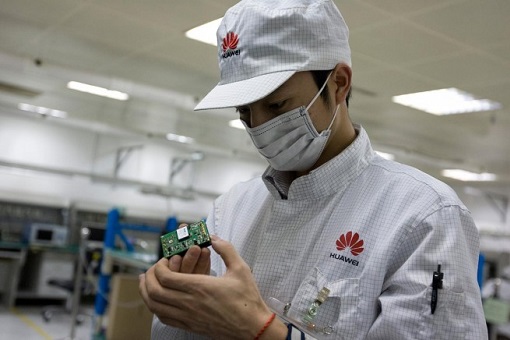
The plan was quite simple and brilliant. To prevent being linked to Huawei or its affiliates, the new chip facilities are being built or acquired under the names of other companies. In short, it’s through proxy companies and pseudonyms. The strategy allows the company to avoid the U.S. government restrictions. The best part is the tactic enables Huawei to “indirectly” acquire American chip-making equipment.
Apparently, Trump was not happy that Huawei’s 5G technology was ahead of the United States. Under the pretext of national security, the Chinese tech giant, along with 68 affiliates, was added to a trade blacklist in May 2019 – effectively requiring American companies to get approval from the government before conducting business with the Chinese firms.
The export ban saw some American tech giants like Google, Intel, Xilinx, Broadcom and Qualcomm cutting business agreements with Huawei. It was Trump’s attempt to block Huawei from rolling out 5G around the world. Washington claims the 5G network technology offered by Huawei could be used by China for espionage, an allegation that the U.S. can’t prove until today.
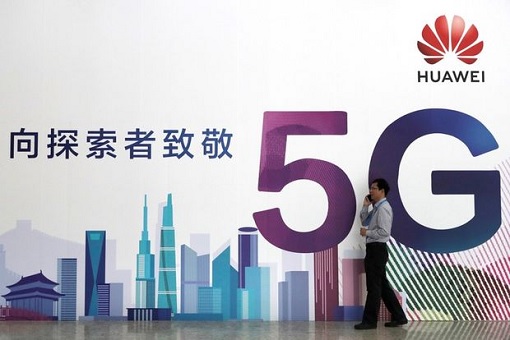
Besides lawsuits against the U.S., Huawei had retaliated against Washington when it brought its war with the U.S. to the phone industry’s biggest trade show – MWC Barcelona – where 100,000 participants were given another side of the story. Besides telling a packed main auditorium that the U.S. had absolutely “no evidence” to back its “spying” claims, Huawei also dropped two bombshells..
Reminding the audiences to a U.S. federal law that compels U.S. tech companies to provide law enforcement officials with the requested data stored on servers – even if they are located on foreign soil – Huawei’s then-rotating Chairman Guo Ping said the real reason the U.S. declares war on Huawei was because the U.S. spy agencies could not spy beyond Huawei equipments.
The other reason being Huawei, after investing heavily in 5G research for the past 10 years, has positioned the company roughly a year ahead of its competitors. Hence, the U.S. had no choice but to keep the company out of the world’s reach by portraying the Chinese solution as a security threat. In doing so, the U.S. can retain its ability to spy until the country, which has fallen behind, can catch up.
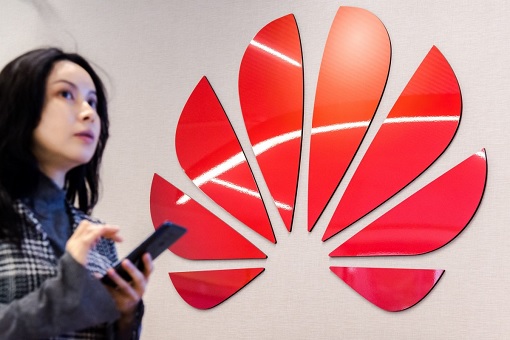
Actually, Huawei’s plan to construct a series of undisclosed semiconductor-fabrication facilities was not really a secret plan. Back in October 2022, the company openly published its “secret plan” to produce microchips by building new semiconductor manufacturing plants in China. The goal was to create domestic chip startup, opening doors for the 5G smartphone market.
Amid the U.S. ban, Huawei has been developing in-house microchips and building its own software to enable semiconductor design. To beat the American sanctions, the company has also replaced 13,000 parts and redesigning 4,000 circuit breakers, not to mention developing an operating systems (HarmonyOS), data system, programming language (Cangjie), and compiler to be self-sufficient.
Other Articles That May Interest You …
- China Finally Fights Back – Export Controls On Metals Critical In Chip Manufacturing Could Checkmate U.S. Tech War
- De-Dollarization Going Global – Why This Ex-Goldman Chief Economist Encourages BRICS To Challenge US Dollar Dominance
- BRICS Currency Backed By Gold – Last Year Yellen Bragged U.S. Dollar Can’t Be Challenged, Now She’s Not Sure Anymore
- Jokowi Rushed To Meet Elon Musk To Attract Investment – While Sabri Rushed Home To Attend Self-Praised Party
- Trade Surplus Of $535 Billion – Not Even The U.S. Trade War Or Covid Pandemic Can Destroy China Economic Powerhouse
- Five Eyes Alliance Plans To Teach China A Lesson With Economic Sanctions – But It’s Easier Said Than Done
- Economists Thought China’s Economy Depends On The World – But McKinsey Research Shows Otherwise
- What Trump Doesn’t Want His Supporters To Know – China Lowered Tariffs To Everyone Except The U.S.
- From Trade War To Tech War – After 5G Technology, The US Aims To Cripple China’s Artificial Intelligence
- Watch Out Trump!! – China May Weaponize “Rare Earth” To Retaliate Against U.S.’ Ban On Huawei
- China’s New Message To The U.S. – “Negotiate – Sure!”, “Fight – Anytime!”, “Bully Us – Dream On!”

|
|
August 23rd, 2023 by financetwitter
|


|

|

|

|

|

|






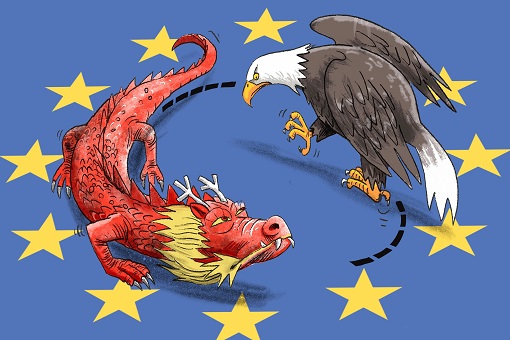





















Comments
Add your comment now.
Leave a Reply